Financing Senior Living: Medicare and Private Pay Options
Navigating the financial aspect of senior living doesn’t have to be overwhelming. Whether you’re planning ahead for yourself or a loved one, understanding the options for financing senior living can ensure you receive the care you need without unnecessary financial stress.
In this comprehensive guide, we’ll explore Financing Senior Living through Medicare, Medicaid, and private pay solutions—while also diving into alternative resources and strategic planning tips. Whether you’re just beginning your journey or actively comparing costs, this article will provide practical answers and empower you with key knowledge to make confident choices about senior care.
Learn more at Westmont of Chico, where your comfort, care, and clarity are our top priorities.
What to Know About Medicare and Senior Living Costs
When evaluating how senior living works, understanding Medicare is a great place to start. While Medicare is essential for covering hospital stays, physician services, and some medical treatments, it does not cover long-term care or assisted living costs.
During enrollment, focus on Medicare Parts A and B, which are the foundation of coverage. Some families explore Medicare Advantage plans, which can offer broader benefits, though they still typically exclude room and board in senior living.
Explore additional support through government assistance programs to help bridge financial gaps. This step is a crucial part of your guide to retirement living, ensuring you’re fully informed before making major care decisions.
The Role of Medicaid in Financing Senior Living
Unlike Medicare, Medicaid provides coverage for long-term care to qualified individuals. It’s a federal and state program, which means eligibility varies by state. In California, Medicaid is referred to as Medi-Cal, and it can cover services such as nursing home care and some aspects of assisted living.
Learn more about options through Medicaid-friendly communities that are designed to help seniors access high-quality care without excessive out-of-pocket costs.
Understanding Medicaid Eligibility
To qualify for Medicaid, applicants must meet strict income and asset limits. These include both financial thresholds and healthcare needs. Your state may also assess whether you require assistance with activities of daily living (ADLs).
Review income-based qualification guidelines to understand how your resources align with eligibility criteria and determine the best pathway to secure benefits.
Medi-Cal Support in California
If you’re in California, Medi-Cal plays a critical role in covering senior care costs. From skilled nursing facilities to long-term care, Medi-Cal can reduce financial burdens significantly.
The application process requires documentation of income, assets, and medical necessity. Learn how to evaluate options with the help of this financial guide for elder care.
Medicaid’s Benefits and Limitations
While Medicaid can offer significant relief, there are important restrictions. For example:
- You may have limited community choices.
- Some services or amenities may not be included.
- Waiting lists for Medicaid-eligible communities can be long.
That’s why it’s vital to also consider Medicaid-approved assisted living options when preparing for the future.
The Flexibility of Private Pay Options
For families that can afford it, private pay offers the most flexibility in choosing a senior living community that suits their lifestyle and care preferences. This option is often the easiest in terms of access and offers a highly personalized experience.
Benefits of Private Pay:
- No need to meet income or asset limits
- Access to premium amenities and services
- More community options to choose from
However, it’s important to plan wisely. The financial burden can increase over time. Use senior living tips such as consulting a financial advisor and estimating long-term care costs before deciding.
Exploring Alternative Ways to Pay for Senior Living
What if Medicare, Medicaid, and private pay aren’t ideal? There are several alternative financing solutions worth considering:
- Long-term care insurance: Specifically designed to cover assisted living and home care.
- Reverse mortgage: Let homeowners access home equity to fund care.
- Veterans benefits: Programs like Aid & Attendance provide monthly stipends to eligible veterans and spouses.
- Life insurance policy loans or annuities: Can convert existing assets into monthly income.
Each of these options is worth exploring if you’re crafting a personal guide to retirement living tailored to your needs. Learn more from external resources such as Paying for Senior Care and the Eldercare Locator.

Choosing the Right Community: Care and Cost Considerations
Selecting a community involves much more than cost. The quality of care, amenities, and environment all contribute to the overall experience.
What are the options for senior living?
- Independent Living: For active seniors who don’t need assistance.
- Assisted Living: For individuals requiring assistance with daily tasks.
- Memory Care: Specialized care for those with dementia or Alzheimer’s.
- Skilled Nursing Facilities: For seniors requiring 24/7 medical support.
Use this senior living tips checklist:
- Tour communities and talk to staff.
- Ask about wellness programs and activities.
- Evaluate how the environment supports independence and dignity.
Financial Planning Tips for Long-Term Success
A well-crafted financial plan can help you avoid surprises and maintain control over your care options.
Here are some senior living tips for financial preparation:
- Start planning early—even before you need care.
- Consult a financial advisor with expertise in senior living.
- Estimate how long your funds may last with tools like long-term care calculators.
- Consider combining strategies—such as insurance and private pay—to extend flexibility.
Planning ahead and understanding how senior living works allows families to feel empowered rather than overwhelmed. You’ll be more equipped to make decisions that support your health, happiness, and financial well-being.
Take Control of Your Future Today
Making informed decisions about financing senior living is one of the most empowering steps you can take toward securing quality care and peace of mind. With so many options—from Medicare and Medicaid to private pay and alternative strategies—there’s a solution that fits nearly every financial situation.
Now is the time to take action. Don’t wait until a crisis forces your hand. Whether you’re helping a loved one or planning your own future, understanding the landscape will help you feel confident and prepared.
📞 Call Westmont of Chico today at 530-767-3886
📅 Or schedule a tour to see the community in person
Discover a place where financial clarity meets compassionate care—and where your journey into senior living begins with confidence.
Dive into the vibrant life our Westmont communities have to offer.Find Where You Belong
Frequently Asked Questions
What is the cheapest way for a senior to live?
The cheapest way for a senior to live often depends on their health, location, and lifestyle needs. Many seniors choose options like shared housing, senior apartments, or subsidized housing programs to reduce costs. Some also move in with family members, which eliminates rent and provides built-in support. Exploring government programs, community services, and nonprofit organizations can also help make senior living more affordable.
What is senior financing?
Senior financing refers to the different financial tools and resources available to help older adults cover housing and care costs. This can include savings, pensions, Social Security benefits, long-term care insurance, and veteran benefits. Many seniors also use home equity through reverse mortgages or downsizing to free up funds. The goal of senior financing is to ensure older adults can access quality care and housing without overwhelming financial strain.
How can I pay for assisted living with no money near me?
If you have little or no money, there are still options to pay for assisted living. Medicaid is one of the most common ways, as many states cover assisted living costs for qualified seniors. Veterans and surviving spouses may also be eligible for aid and attendance benefits. Additionally, nonprofits, local agencies, and state programs often provide support, and exploring community-based resources near you can open up more affordable possibilities.
What is one of the biggest drawbacks of assisted living?
One of the biggest drawbacks of assisted living is the cost, which can be higher than many families expect. Since Medicare does not cover most expenses, families often need to rely on personal savings or long-term care insurance. Another challenge is the adjustment period, as some seniors may struggle with leaving their home and familiar surroundings. Balancing independence with the rules and routines of a facility can also feel limiting for some residents.









